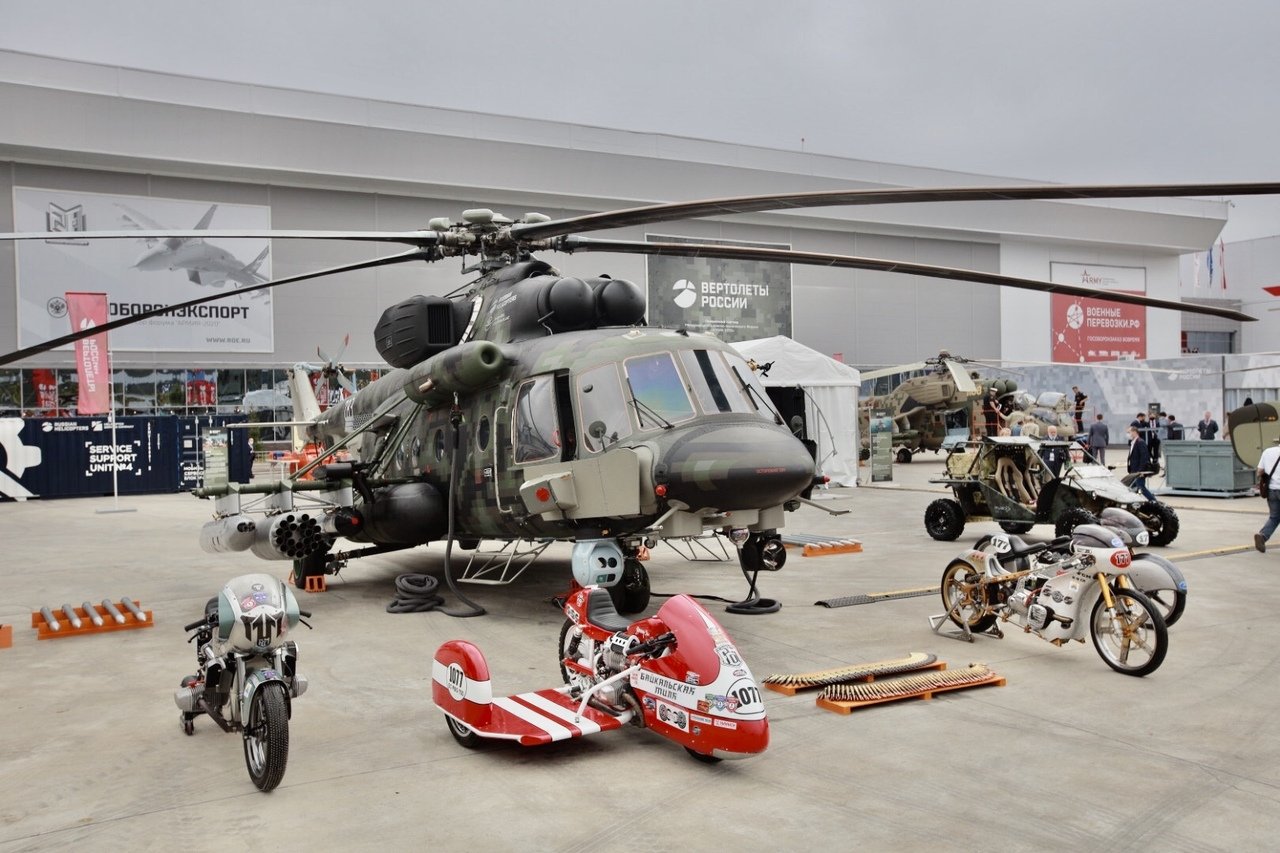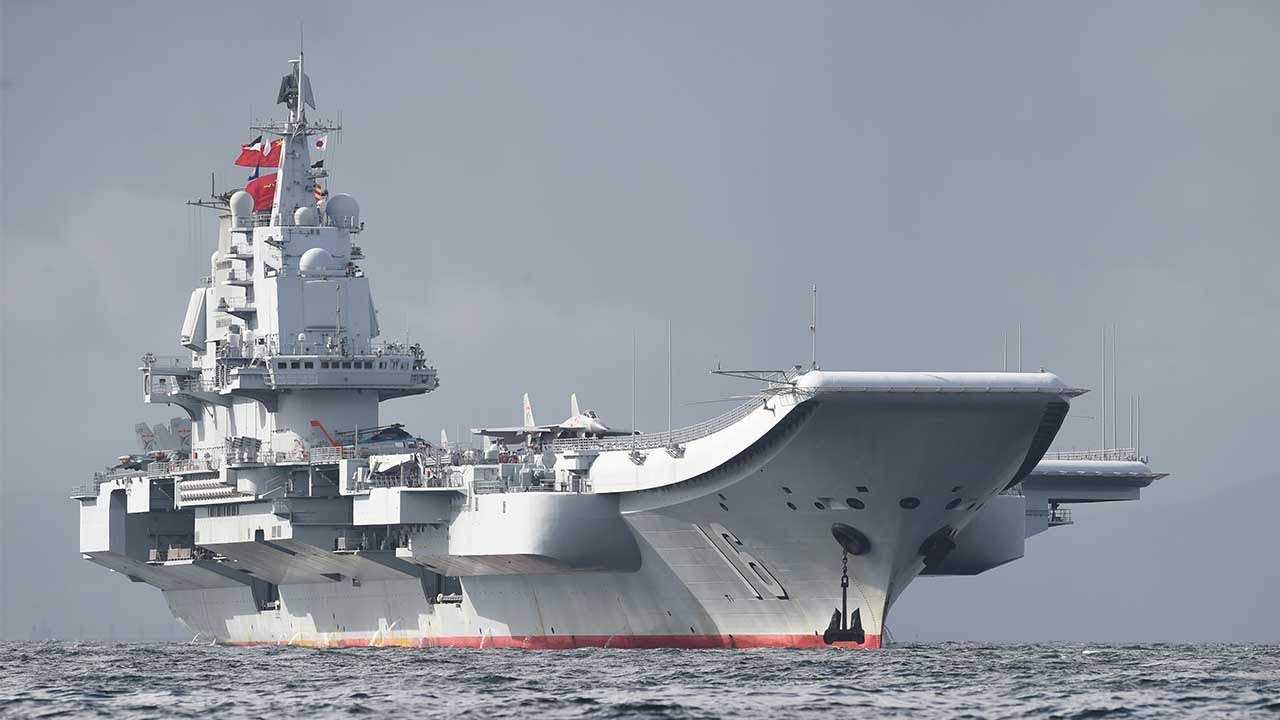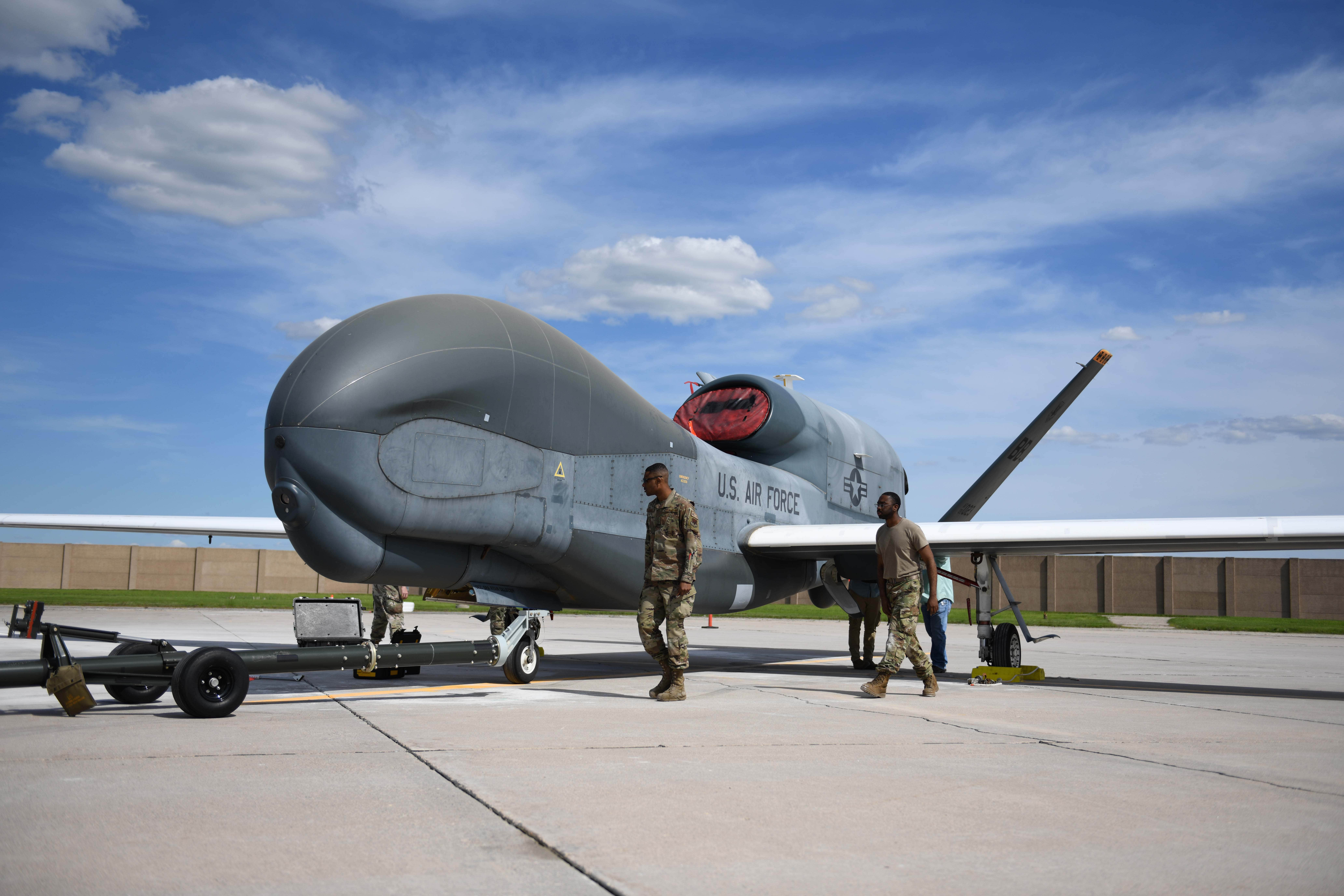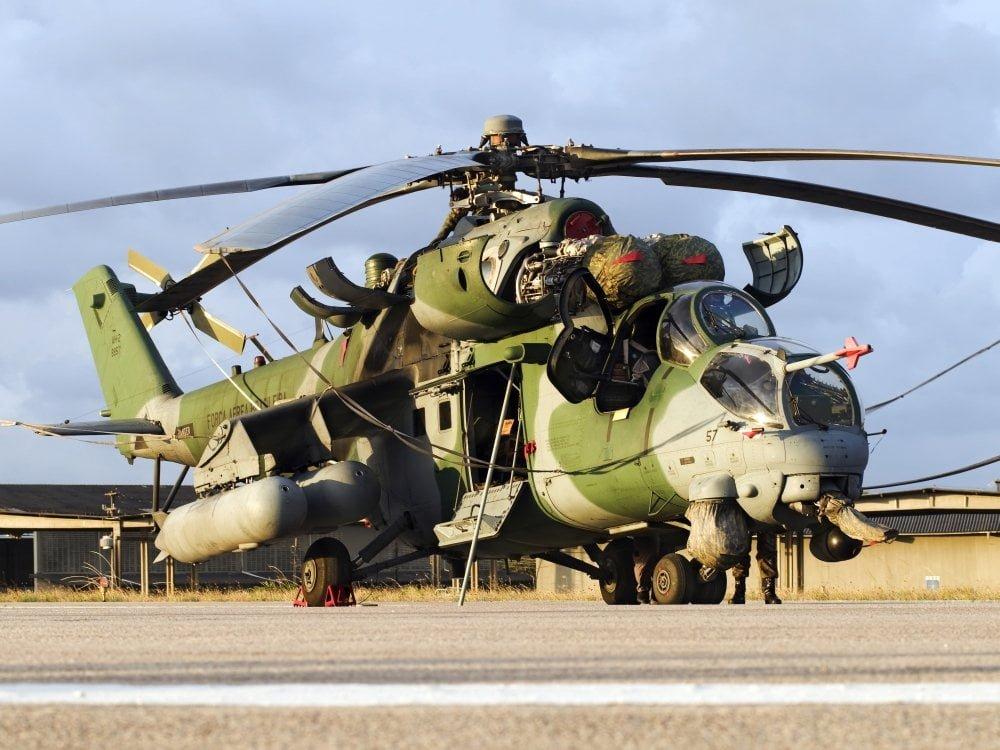The word ‘stealth’ in military parlance conjures up a vision of Hollywood star Kevin Bacon going invisible during a scientific test in the film Hollow Man released in 2020, or Hollywood actor Oliver Jackson-Cohen acquires the ability to go invisible in the 2022 film Invisible Man.
The invisible man idea is fine for being stealthy as a fiction or entertainment story. But is ‘stealth’ valid in reality, with specific reference to an aircraft being invisible to the ground or the airborne radar?
Major powers have already spent billions of US dollars, viz China, Russia, and the US, towards R&D in this field and producing operational aircraft. USA took the lead by manufacturing F-117, F-22, F-35, and B-2 and to-be inducted strategic bomber B-21. China and Russia have miles to go.
As of now, neither country has a truly stealthy flying machine. All so-called stealth flying machines fall in the category of ‘Low Observables.’ J-20 of China and Su-57 of Russia might not be in the low observable category.
While we focus on designing a stealthy airframe, we must not lose sight of advancements in radar technology. Experimental Quantum Radar, if and when it becomes a reality, might change the stealth concept forever.
The pace of development of radars and sensors already incorporated in Surface-to-Air Missiles (SAM) and Air-to-Air Missiles (AAM) is perhaps faster than the stealth design development of modern fighters.
The stealth capability or quality of a flying machine can be divided into the physical attributes of stealth and the technological requirements of a stealthy machine.
An attempt will be made to discuss the entire spectrum of stealth technology, its operational advantage, and the cost of producing a stealthy flying machine without entering into complex technological jargon and principles employed.
Physical Stealth
Physical stealth, as an attribute or a term, is non-existent in the case of flying machines. Physical stealth characteristics can, at best, be minimized; they cannot be eliminated. The same is discussed below;
Noise
(a) Physical Noise: Noise created by the aero-engine and friction caused by air resistance can neither be minimized nor eliminated. The roar of exhaust gases further supplements this noise. Neither source of noise can be eliminated. The presence of a flying machine will create substantial audible noise and indicate its presence and direction of approach to a trained person.
(b) Shock Waves: Whenever a flying machine is flying in trans-sonic/Supersonic range, the creation of shock waves results in a random or constant sonic boom depending on the Mach number indicating the aircraft’s speed. Attachment or detachment of shock waves from the airframe results in a bang called a sonic boom audible on the ground.
It is particularly prominent while an aircraft decelerates from a supersonic to a subsonic regime. Due to the separation of the shockwave, which travels to the ground, a loud bang is heard. Sonic booms at a low level can cause the shattering of glass panes.
Trails
(a) Condensation Trails: A turbo-jet and a jet engine produce extremely prominent vapor trails called condensation trails while flying at a specific altitude band. Water vapor in the exhaust condenses instantaneously when a jet engine aircraft is flying above Minimum Trail Level (MINTRA) and below Maximum Trail Level (MAXTRA), leaving a thick white trail. The trail cannot be hidden from sight under clear-sky conditions.
(b) Smoke Trails: Unburnt or partially burnt fuel results in a jet engine leaving a highly visible grey-colored smoke trail, seen from miles depending on light conditions.
Heat Signature
Since jet engines became operational, attempts have been made to keep exhaust gas temperature under control. It became an operational necessity when heat-seeking air-to-air missiles arrived on the scene.
However, irrespective of efforts made, the heat signature of a jet airplane remains the biggest threat to itself. Heat signature can be minimized but not eliminated. Extended jet pipes have been introduced, mixing ambient air with exhaust gases, etc., to reduce the heat signature.

Measures adopted to reduce exhaust gas temperature do achieve marginal reduction. However, extended jet pipe results in reduced stealth characteristics. Similarly, inducting ambient air and mixing it with exhaust results in widening the jet pipe to create additional ducts. Yet again, a wider jet pipe results in a reduction in stealth.
Physical Signature
All non-stealth aircraft with light grey or light blue under the surface inherently merge with blue sky and are extremely difficult to spot despite clearly audible engine noise. All current stealth aircraft being black in color, both on top and bottom, are clearly visible, thus increasing vulnerability to shoulder launch human-sighted missiles.
Design Stealth
All flying objects reflect the impinging radar waves back to the emitter, causing the radar to ‘see’ the flying machine in all three dimensions. The intensity of the reflected signal depends directly on the area and design of the reflecting surface. The stealth attribute of a flying machine is a function of the reflectivity coefficient.
The higher the value of the reflectivity coefficient, the easier it is for radar to ‘see.’ Design stealth has focused on reducing the reflectivity coefficient by providing inclined surfaces, wing–fuselage blending, internal weapons bay, embedded air intakes and jet pipes, and composite control surfaces.

No wonder that from F-117 onwards, most USAF aircraft resemble overgrown bats. In the case of F-117, it has been claimed that a similar-sized flat plate area flying machine will have nearly a hundred times more radar visibility than F-117.
It is another matter that a SAM shot down at least one F-117. In addition, extensive adapting of wings and control surfaces often results in the reduction of maneuverability.
Technological Stealth
Stealth proponents soon discovered that design stealth was not good enough to provide the degree of stealth sought for near certain protection from being seen by the radar. Numerous technologies or methods have been developed viz ‘iron ball paint’ etc., termed as Radar Absorbent Material (RAM).
The development of RAM has been going on for decades. One of the first operational use of RAM was in the submarine periscope during the second world war. Broad characteristics of RAM are as follows:
(a) RAM paints are quite susceptible to damage due to moisture, exposure to salt while operating from coastal airfields, use of any abrasive material vis sandpaper for cleaning the surfaces, and random flaking, especially in case of variable thickness of paint. These individually and collectively demand a considerable maintenance cost and penalty in stealth property.
(b) Currently used stealth polymers are susceptible to degradation in temperatures of 250 degrees Celsius and beyond. The supersonic flight wing’s leading edge can easily attain temperatures over 250 degrees Celsius.
(c) Ceramics also have excellent radar signal absorbent quality than existing polymers. It is claimed that nearly 90% of radar energy striking a ceramic tile is absorbed. However, ceramics are heavier than RAM paints.
(d) Liquid ceramic solution is sprayed uniformly over the surface. It takes about 48 hours to react slowly with ambient air and transform into solid ceramic material.
(e) Cost is not being discussed by choice.
The existing inventory of genuine stealth-design aircraft is with USAF only. China’s J-20 and Russian Su-57 can hardly be termed stealth because of the design and quality of RAM used. The reflectivity coefficient is reduced considerably due to the following:
First, due to the absorption of nearly 70-80% of radar signals (as claimed by the manufacturer, yet to be proven in a hot war scenario).
Second, the intensity of the reflected signal is reduced further due to the design of the control surface, wing, etc., wherein the final reflected signal reaching the radar becomes weak due to multiple reflections by the aircraft surfaces on itself.

Any discussion on ‘stealth’ is incomplete unless the state of and progress in sensor technology is also discussed.
An event will best describe existing sensor capability during a hot war that took place 22 years ago.
Lieutenant Colonel Dale Zelko was on a night mission in Serbia on March 27, 1999. To his utter surprise and disbelief, Radar tracking suddenly flashed in the cockpit, followed by a missile lock warning lamp.
He was in the famous but unproven (for stealthy qualities) F-117. Zelko and his presumed undetectable aircraft F-117 were vital to the NATO-led Operation Allied Force. The mission involved a strike on a Serbian target. Missile lock warning indicated that F-117 was, after all, not invisible to the Serbian Air Defence network equipped with Russian radar and SAMs.
The missile struck F-117, and Zelko pulled the ejection handle and survived to tell the tale. S-125 ‘Pechora/Neva’ missile had scored the first-ever kill of a stealth machine. Yet again, on April 20, 1999, another F-117 was struck by a SAM, but the pilot was able to bring the crippled aircraft back to base.
The relevance of the above operational event is that the most ‘invisible’ aircraft was still visible to tracking radar and a missile head.
Extremely sketchy details are available, for obvious reasons, about sensor capability concerning tracking of ‘so-called’ stealth aircraft. However ‘Almaz-Antey,’ the Russian defense giant, has claimed that ground-based sensors have been produced which can detect the USAF stealth aircraft.
‘Nebo-M’ Radar is believed to be capable of detecting stealthy flying machines. No technical details are available from open source. But it is believed that the faintest of the reflected signal received is amplified many times over, and based on the ‘speed’ parameter, it distinguishes the stealth aircraft from slow-flying drones, birds, etc.
Nebo-M Radars entered operational service in Russia in 2017 and are believed to belong to the family of VHF radar systems.
Ground-Based Radar Vz AWACS And Capability To Track A Stealth Aircraft
Currently, operational stealth flying machines have achieved a high degree of stealth when ground-based Radars are used for tracking because a flying machine presents a side view of a rather small area resulting in a marked reduction in the reflected signal reaching the radar.
However, an AWACS will or should be able to see the same aircraft more successfully. It is entirely because even the best-designed stealth aircraft with a thick coating of RAM presents a ‘flat plate’ perspective to the airborne radar. Hence the reflectivity coefficient increases considerably, enabling the radar to identify the aircraft.
However, no operational data is available because of the extremely sensitive nature of critical operating parameters. The ability of AWACS to see a stealth aircraft better is based on the assumption that the reflected signal would be of higher intensity in the case of AWACS illuminating from the top.
Quantum Improvement In Missile Technology
Missile technology with specific reference to the killing range and the ability to track the target autonomously after launch has increased the threat to all aircraft, irrespective of their design.
Fully active missiles carry integral radar, which tracks and locks onto the target. This attribute is further enhanced by making a missile head heat sensitive, which enables the missile head to lock on to the target based on heat signature strength.
A twin combination is lethal. Hence it sought an aircraft to escape if the missile had locked on despite other countermeasures, viz chaff, etc.
Space-Based Sensors
No space-based sensors can track a fighter aircraft to intercept the machine. However, space-based Infra Red Sensors (SBIRS) technology has made considerable progress in monitoring ballistic missile launches.
USA has already launched the most modern satellite carrying SBIRS. However, in the foreseeable future development of SBIRS for aircraft tracking might become a reality. Operational anti-satellite weapons may also be a step toward producing SBIRS systems for aircraft tracking.
The Future
Currently, stealth design has created enormous hype and interest. However, the efficacy of this hugely expensive technology is yet to be proven under operational conditions, especially in highly dense air defense environments.
While discussing stealth, we must confine our discussion to a single aircraft. What will happen to the stealth quality or capability of a large formation? Strike missions invariably are multi-aircraft missions flying in close proximity. Critical operational issues, such as the presence of jammers with strike formation, have not been discussed by choice.





